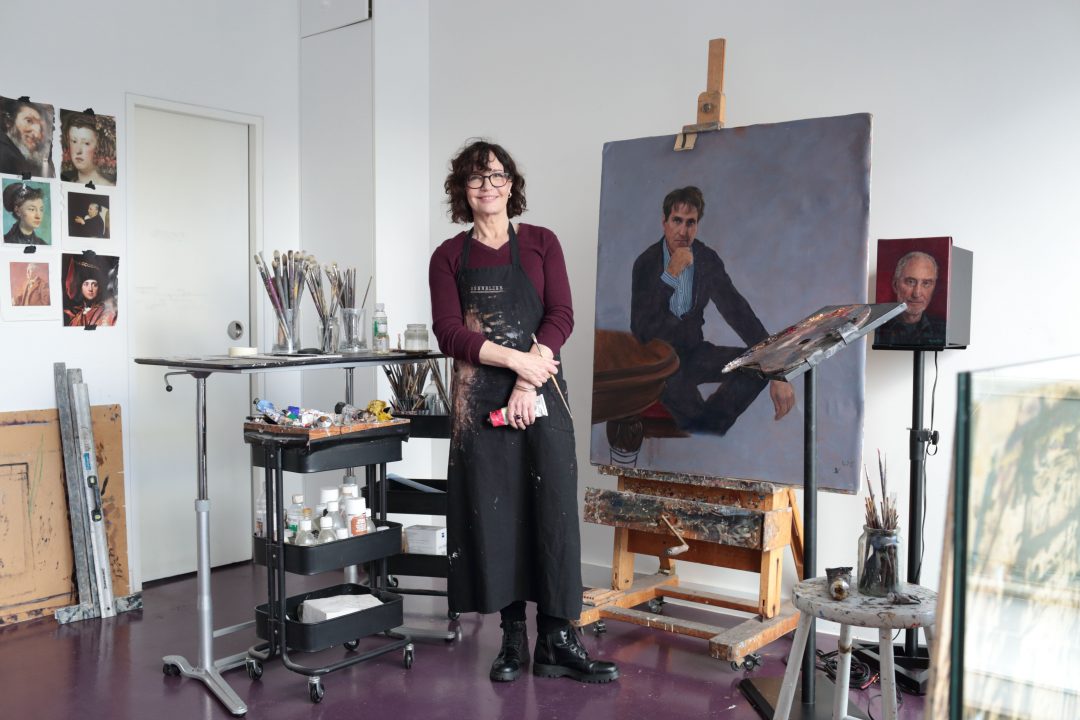Portraits created by Fanny Rush are stylistically characteristic of a bygone era. The London based artist, who just built a new home and studio in Battersea after relocating from Chelsea, employs seldom used Old Master techniques in her portraits that immortalize both her subjects and their personalities.
Rush’s prestigious commissions are numerous and include American Ambassador Robert Holmes Tuttle, famed actor Charles Dance OBE, as well as Sir William Castell, Chairman of the Wellcome Institute, to name just a few. Regardless of the fact that Rush has never trained professionally as an artist, it’s an underestimate to call her working anything but fantastic. The artist spent years analyzing the works of old masters, such as Rembrandt, Titian and Velasquez to develop her own style which blends old master discipline with a sensible contemporary touch.
Read on to learn more about the process behind Rush’s portraits as well as her inspirations and the reasoning behind her recent move to Battersea.
What are you currently inspired by?
“Amongst many others I am inspired by the techniques of the old masters namely Rembrandt, Goya, Titian, and Velasquez. I am also inspired by the use of light in the work of painters such as Vilhelm Hammershøi, William Nicolson and Andrew Wyeth, and the design sense of Edward Hopper, Matisse and Degas.
Great photographers inspire me too, such as Cartier Bresson, Cecil Beaton and Irving Penn.
In my work, an amalgamation of these influences comes together with my own painting style. I love strong colours and shapes and I am captivated by the way light behaves.“
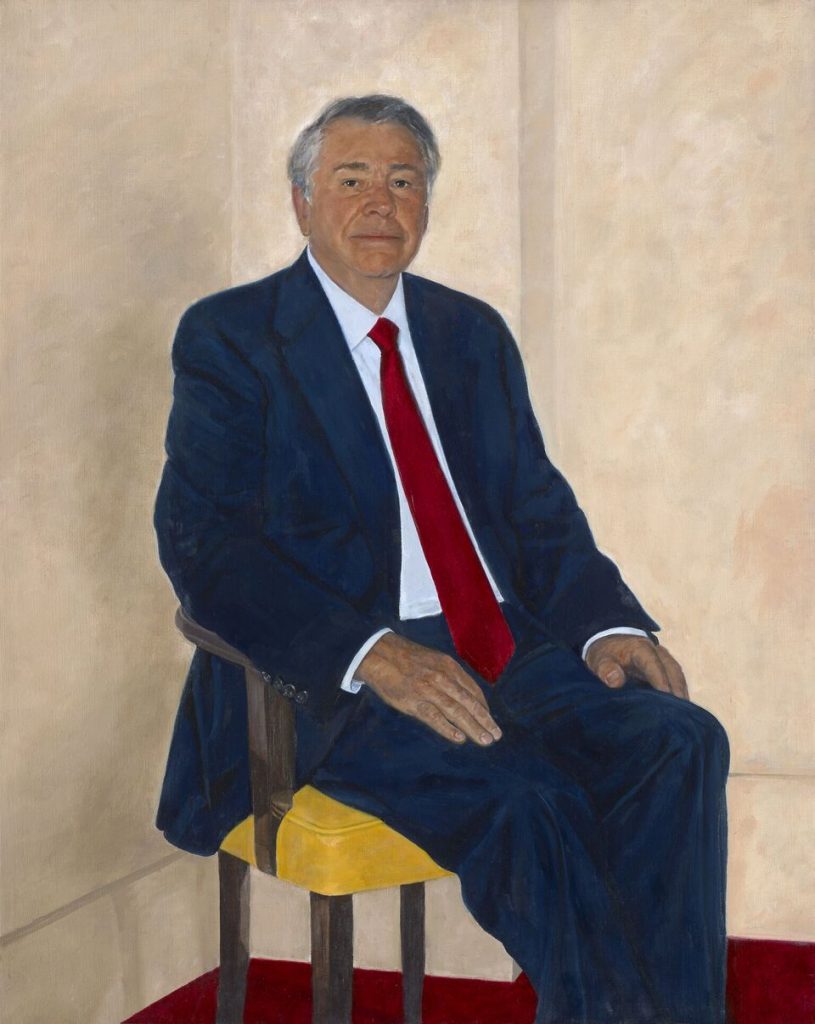
Is there a certain place that you trace your love of portraiture to?
“I think I have always been fascinated by faces. My father took me to the big national galleries in London as a child, so at that age I saw some of the best portraits that have ever been painted – I fell in love with portraiture then.
In a successful portrait the whole of the facial muscular structure has to be understood. For example, how the slight lifting of the corners mouth will gently and almost imperceivably push up the muscles under the corners of the eye, making a genuine soft smile.
As human beings we read true emotion in other faces better than we do anything else, our lives have depended on us interpreting them correctly. Mistaking a smile for a sneer where the eyes are not involved could be fatal.
I keep a constant subliminal communication going with the face as I paint, and this will tell me that it rings true and that the likeness is there – ‘this is this man’s smile’.”
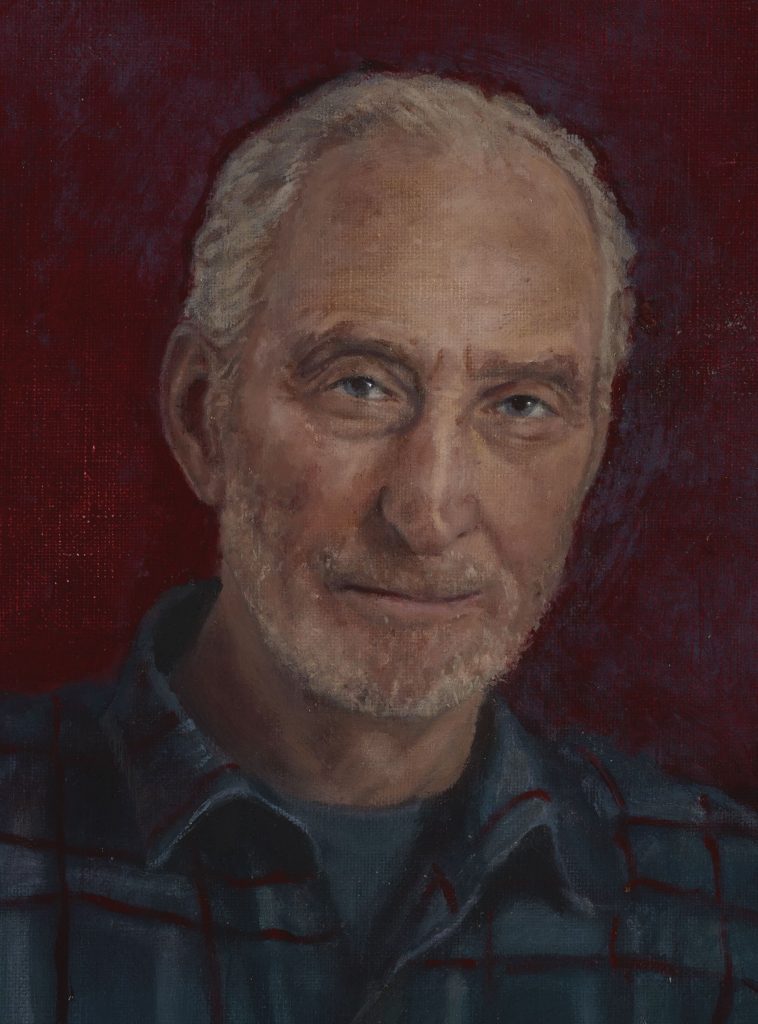
Have you always possessed an affinity for old master techniques?
“It was very natural for me to seek out their methods and strive to emulate them because I love the way they painted. When I started painting, I read everything they wrote and I visit the same great paintings often, understanding more every time I see them.
In the old masters I find the richness and luminosity of the colour in the glazing, the variety of skin tones and the portrayal of texture fascinating. In these works you can often feel that you almost know the person portrayed.
I also love the way these portraits are designed to sit so comfortably in the eye of the beholder. What looks easy and natural is actually very skilled design.“
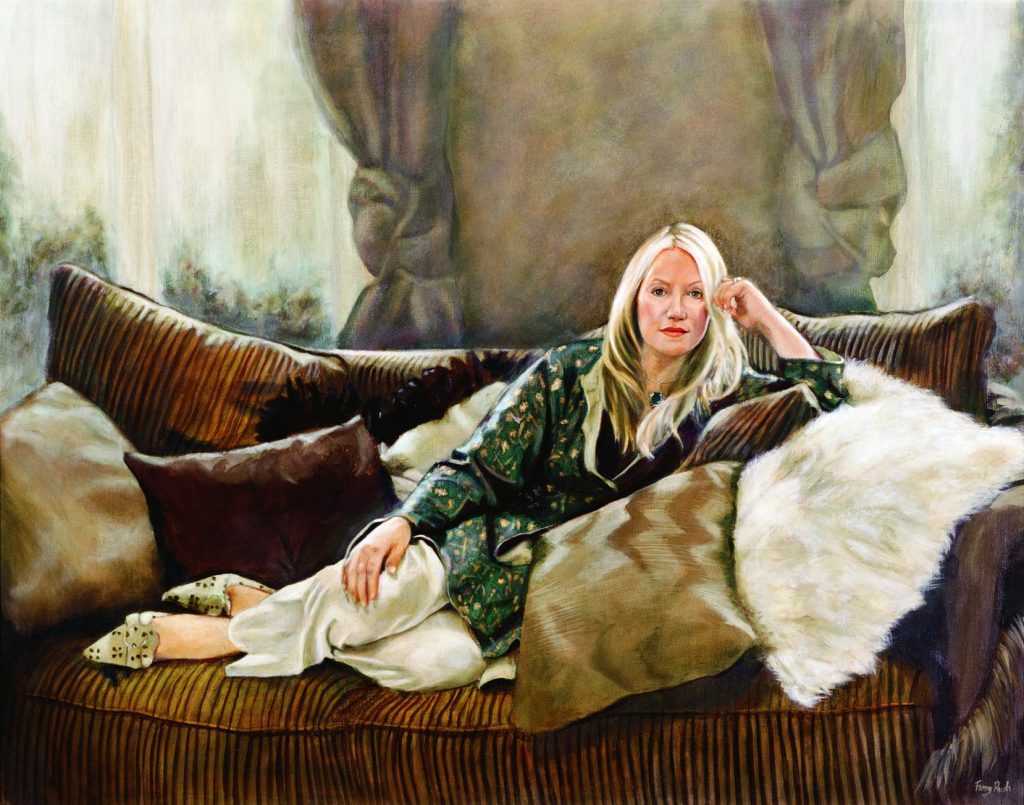
Currently, what are some exciting projects that are keeping you busy?
“I am just finishing a portrait for New York at the moment, and there are some exciting British and international portraits in the pipeline. I’m really looking forward getting to know my new clients.”
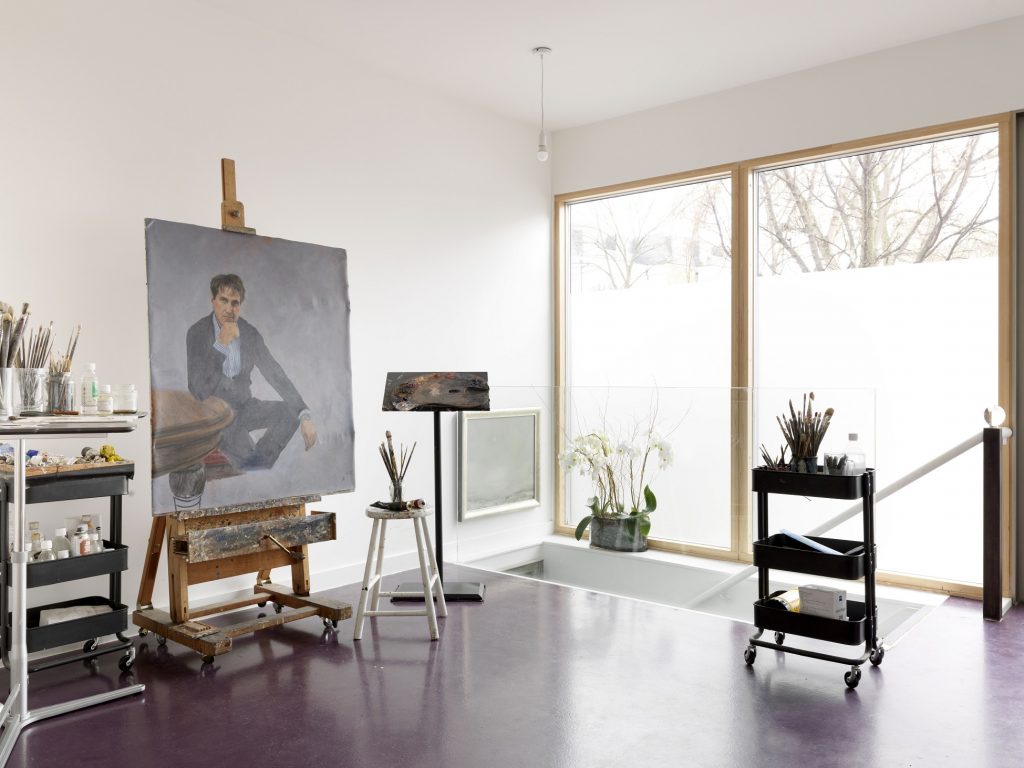
Why the move from Chelsea to Battersea?
“I rented a beautiful Victorian laboratory which was my studio for many years, it was just a few streets from my home in Chelsea. I was heartbroken when the land the studio was on was sold to developers. Studio space in the area just doesn’t exist anymore and there was nothing else for it, I had to leave Chelsea.
I followed the American Embassy to just over the river Thames to Nine Elms, Battersea and I’m so glad I did. I bought two adjacent properties, knocked them together and built the perfect home and studio for me. I’m very happy here.”
Where can we follow you?
“My website fannyrush.com is updated regularly and you can follow me on Instagram @fanny_rush“
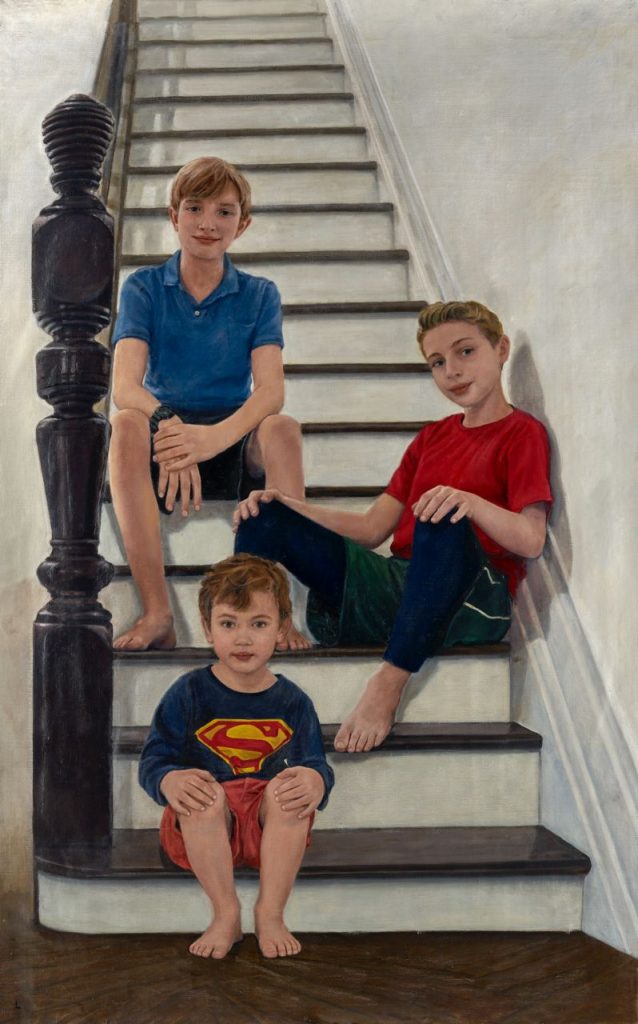
Images courtesy of Fanny Rush via Damson PR

